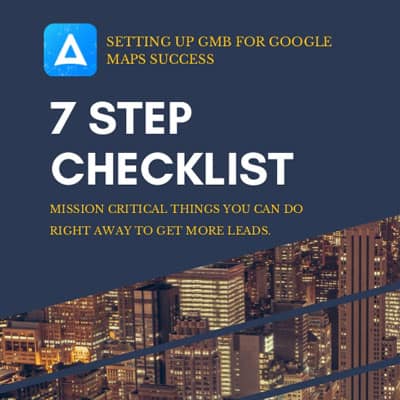Which is Better? Long Tail or Short Tail SEO?
When a business owner brings his business online, he does so with the hopes of making it big and growing his business quickly and easily. After all, there are so many different ways you can market what you are offering online, the possibilities are practically endless. Sometimes, however, it is necessary to look beyond some of the fads and make a choice that has a proven track record. That is what you will find with SEO. It has helped businesses for years and it is still doing so today.
There are many factors to consider when you first get started with SEO, including making the choice between long tail and short tail SEO. Either has the ability to send a significant amount of traffic in your direction but there are some differences between the two. When you do a side by side comparison of the two, one is going to come away as the clear winner for most businesses.
The basic difference between long tail and short tail is the number of words in a keyword search. Short tail keywords are sometimes referred to as head keywords and they tend to cover a very broad range of subjects. For example, when someone opens up their browser and searches for “dogs,” they may be looking for anything from big dogs and little dogs to dog videos or even dog breed information. When you rank for this type of short tail keyword, you will receive a ton of traffic but it is not very focused.
Long tail keywords, on the other hand, have multiple words per search. As a result, they are often much more focused. Building on our earlier example, if you have a website selling natural dog treats and rank for the short tail keyword “dogs,” very few of your visitors are going to be looking for what you have to offer. On the other hand, if you rank for long-tail keyword phrases, such as “natural dog treats” or “buy dog treats online,” you are much more likely to make a sale. Hence, we call this buyer-intent Search Engine Optimization.
Another thing to consider is the amount of work involved in ranking for these different types of keywords. Long-tail keywords come in an endless variety and, as a result, there is much less competition. You can often rank for a long tail keyword with a minimum amount of work but it could take months or even years to rank for a short tail keyword.
As you can see, there are many more benefits to ranking for the long tail phrases, not to mention the fact that they are much easier to rank for in the first place. As long as you have a quality SEO company behind you to help choose the keyword phrases and do the work to get your page ranked well, you will reap the rewards. It can pull a significant amount of traffic to your website and the majority of them will be interested in what you have to offer.
Now that you understand what buyer-intent SEO is, read more about the 5 essentials of SEO for business.
Learn more about what we do here.

